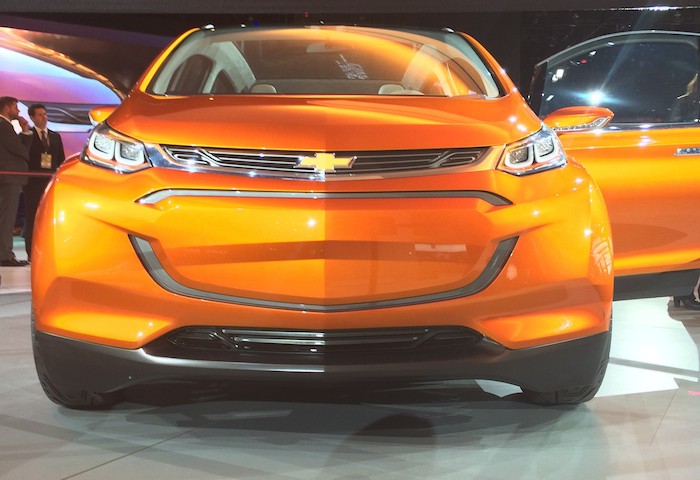A fresh look at actual driving records has yielded a surprising (to some) conclusion about the useful lifespan of electric vehicle (EV) batteries. Conventional wisdom has it that EV drivers will ditch their ride after the battery loses 20% of its storage capacity, but our friends over at Lawrence Berkeley National Laboratory looked at actual driving records and they say that if you are a typical EV owner, you’re not going to feel the difference.
So, how does a 20% difference make no difference?
EV Battery Lifespan By The Numbers
We’ll get to the numbers in a second, but the head of Berkeley Lab’s powertrain research team, Samveg Saxena, sums it up brilliantly, so let’s start with that:
“…We have found that only a small fraction of drivers will no longer be able to meet their daily driving needs after having lost 20 percent of their battery’s energy storage capabilities. It is important to remember that the vast majority of people don’t drive more than 40 miles per day on most days, and so they have plenty of reserve available to accommodate their normal daily trips even if they lose substantial amounts of battery capacity due to degradation.â€
EV advocates have been saying that for years, right? Well, now Berkeley Lab has the numbers to back it up. The idea is to look at useful EV battery lifespan in terms of actual driving patterns.
That sounds simple enough, but confirming that with real data took some doing. The first step was to gather actual driving records, which are available from the Department of Transportation’s National Household Travel Survey. The survey logs every detail of a car’s 24-hour daily cycle, including parking and driving.
Given the state of the EV market, those driving records are going to be for gasmobiles but the key thing they provide is a record of a driver’s daily habits, regardless of what kind of car they drive.
To translate that into battery driving, the Berkeley Lab team used the popular Nissan Leaf as its EV model (about 24 kilowatt-hours of energy storage capacity).
The next step was to feed the data into Berkeley Lab’s in-house Vehicle-to-Grid Simulator, which the lab developed in order to measure EV energy use for driving and charging.
When the team factored in variables, such as the type of charger (Level 1 or 2), city or highway driving, hilly or flat driving, and climate control on or off, they drew more than 13 million different profiles out of a pool of 160,000 records from the Household Survey.
In a nutshell, the researchers found that at a 20% fade in capacity, EV batteries still meet the needs of 85% of drivers. Even at 50%Â capacity, the battery still accommodates 80% of drivers.
That’s nothing — more than half of EV drivers will still be able to do their daily run when the battery degrades to 30%.
That’s fine for range, but if you’re wondering about performance, the team also looked at power fade and found that it does not have a significant impact on performance. The key factor in useful EV battery lifespan is capacity.
If you want more numbers, go to the Journal of Power Sources and look up the research team’s study, “Quantifying EV battery end-of-life through analysis of travel needs with vehicle powertrain models.â€
EV Battery Lifespan: We Told You So
Wasn’t CleanTechnica just saying that this whole thing about needing super sexy long-range EV batteries, as in way over 200 miles, is way overblown?
Well, we have been (especially, Zach Shahan has been). Sure, with more capacity there’s the convenience factor of not having to charge up more frequently, but once you get into the 200 mile range and up, you’re talking about hours of uninterrupted driving, which most people are not going to get into.
As for charging convenience, that’s already beginning to fade as a factor. Unlike gas stations, which require you to make a special stop, charging stations can be placed at homes,workplaces, and convenient public places such as shopping malls. And you can just plug into the socket in your garage. Regardless of how often you have to charge, you’re going to do it seamlessly during the course of your day.
The real need for long-range EV battery capacity would be for long-distance driving, but driver stamina acts as a counterbalance, and most people don’t do much long-distance driving.
If you’re the kind of driver who stops to rest every few hours on a long-distance trip, then all else being equal, a range of around 200 miles would give you plenty of EV battery lifespan, even taking capacity fade into account past the 20% mark. The key factor would be the availability of quick-charging stations along the way.
So, before you run out and get yourself a new EV, log your driving for a while and see what kind of battery capacity fits your habits. Aside from that, range anxiety is a non-issue.
Source: Cleantechnica


